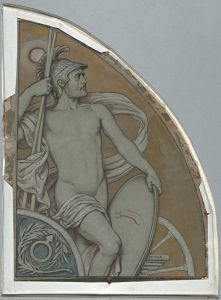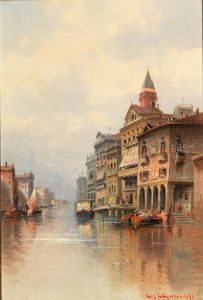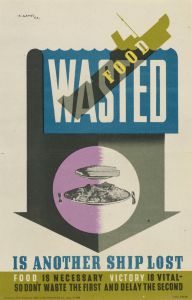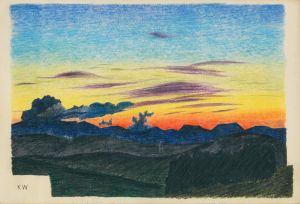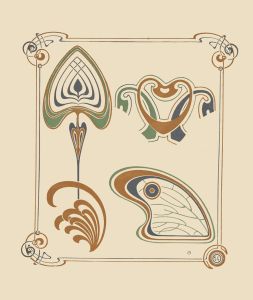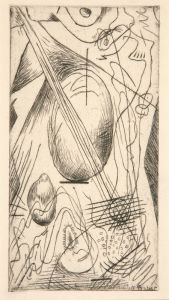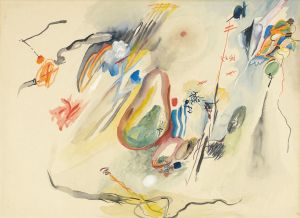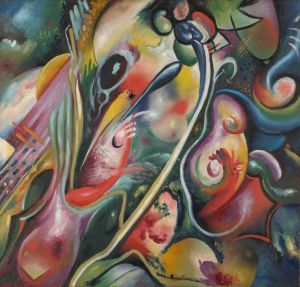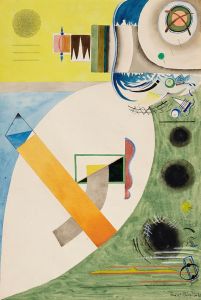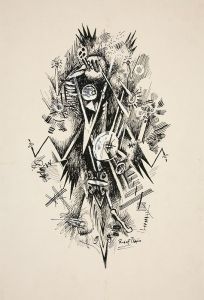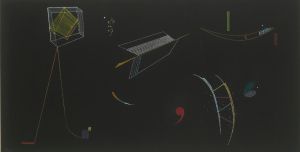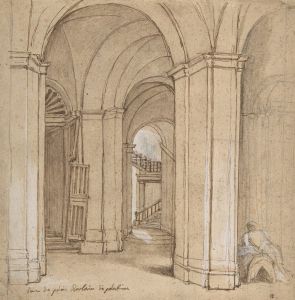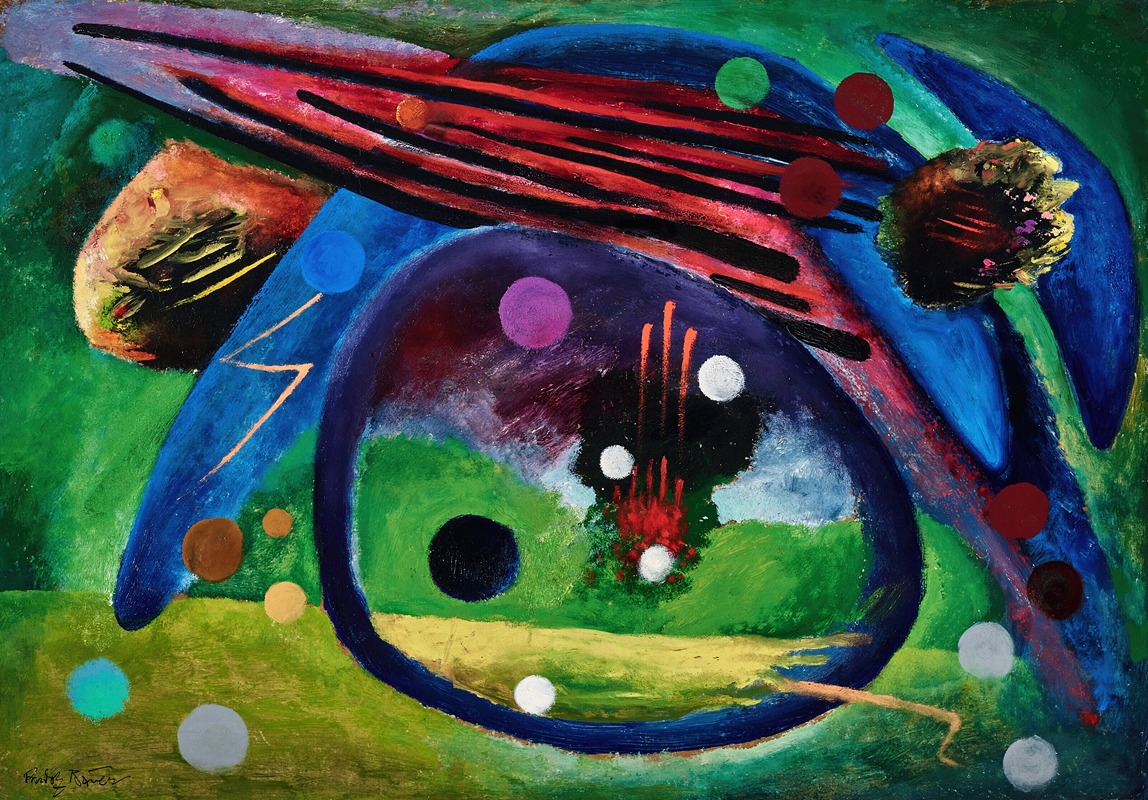
Rondo
A hand-painted replica of Rudolf Bauer’s masterpiece Rondo, meticulously crafted by professional artists to capture the true essence of the original. Each piece is created with museum-quality canvas and rare mineral pigments, carefully painted by experienced artists with delicate brushstrokes and rich, layered colors to perfectly recreate the texture of the original artwork. Unlike machine-printed reproductions, this hand-painted version brings the painting to life, infused with the artist’s emotions and skill in every stroke. Whether for personal collection or home decoration, it instantly elevates the artistic atmosphere of any space.
Rondo is a painting by Rudolf Bauer, a German painter known for his contributions to the abstract art movement in the early 20th century. Bauer was a significant figure in the non-objective art movement, which emphasized abstract forms and colors over representational accuracy. His work is often associated with the development of abstract art alongside other notable artists such as Wassily Kandinsky and Piet Mondrian.
Rudolf Bauer was born on February 11, 1889, in Lindenwald, Germany. He began his artistic career in Berlin, where he became involved with the avant-garde art scene. Bauer was a member of the Der Sturm gallery, which was a hub for modern art in Berlin and played a crucial role in promoting abstract art in Europe. His work was characterized by bold colors, geometric shapes, and dynamic compositions, which were influenced by his interest in music and spirituality.
Rondo, created in 1930, is one of Bauer's notable works that exemplifies his abstract style. The painting features a circular composition, which is suggested by its title, "Rondo," a term often used in music to describe a piece with a recurring theme. The circular motif in the painting is filled with vibrant colors and intersecting geometric shapes, creating a sense of movement and rhythm. This reflects Bauer's belief in the spiritual and emotional power of abstract art, as well as his interest in the synesthetic relationship between visual art and music.
Bauer's work, including Rondo, was part of the collection of Solomon R. Guggenheim, a prominent American art collector and philanthropist. Guggenheim was an early supporter of Bauer and collected many of his works, which later became part of the foundation for the Solomon R. Guggenheim Museum in New York City. The museum, designed by architect Frank Lloyd Wright, is renowned for its collection of modern and contemporary art, and Bauer's works are an integral part of its holdings.
Despite his early success and recognition, Bauer's career faced challenges, particularly during the rise of the Nazi regime in Germany. His art was labeled as "degenerate" by the Nazis, and he was imprisoned for a period. In 1939, Bauer emigrated to the United States, where he continued to work but struggled to regain the prominence he once had in Europe.
Rondo remains an important example of Bauer's contribution to the abstract art movement and his exploration of the interplay between form, color, and emotion. His work continues to be studied and appreciated for its innovative approach and its role in the development of non-objective art. Bauer's legacy is preserved through the continued exhibition and study of his works, including Rondo, in museums and galleries around the world.





